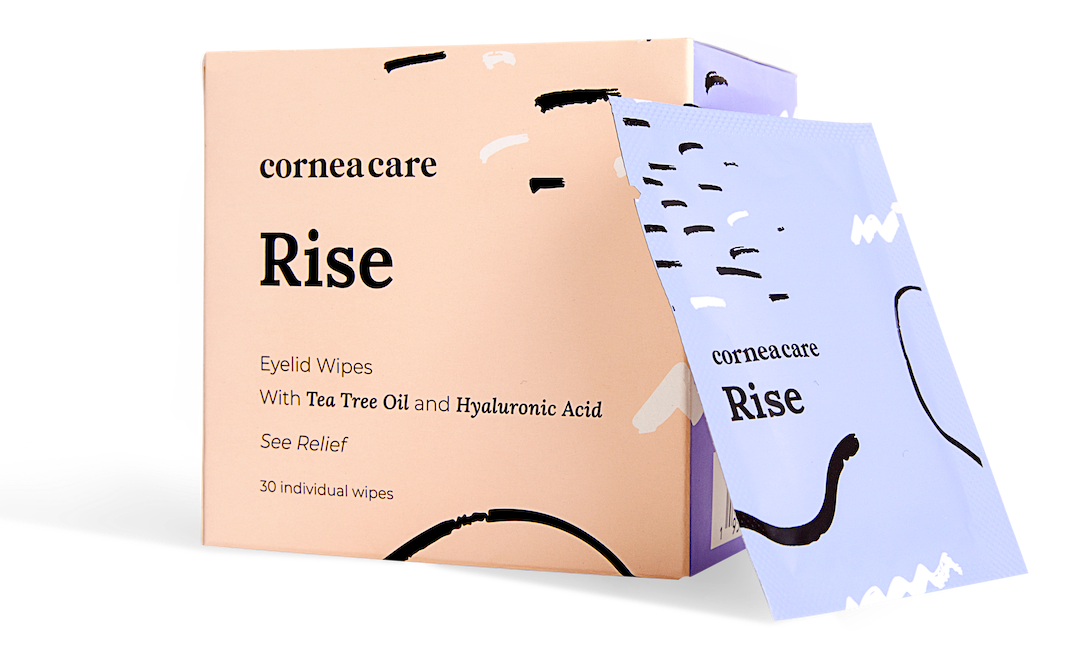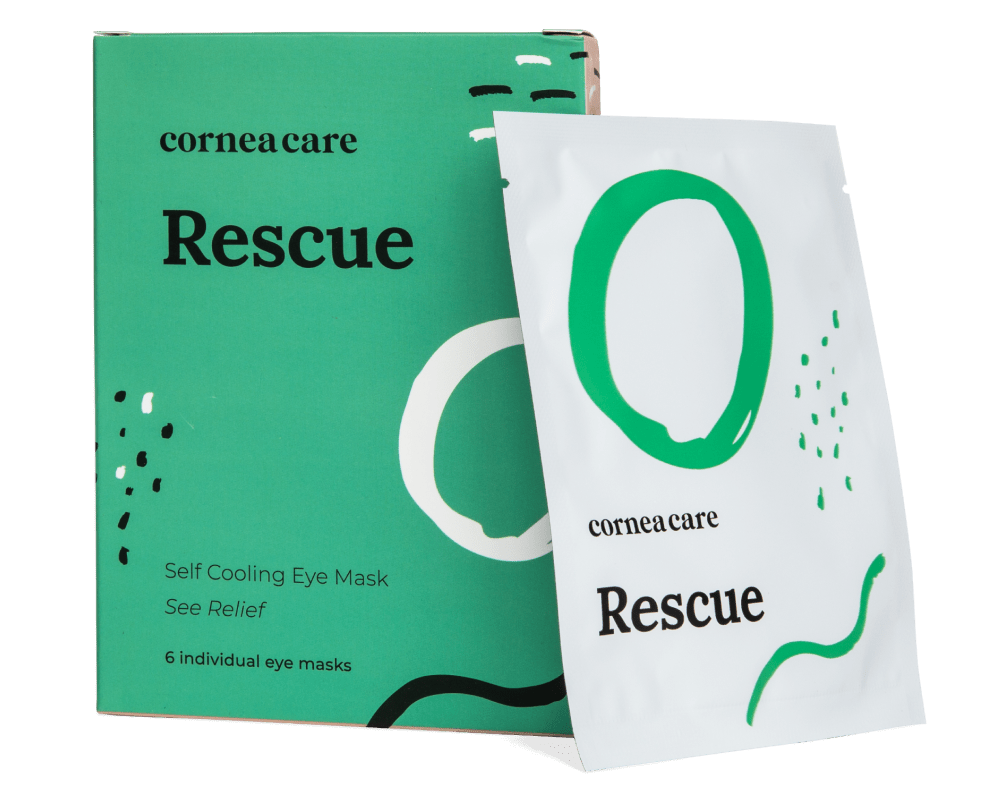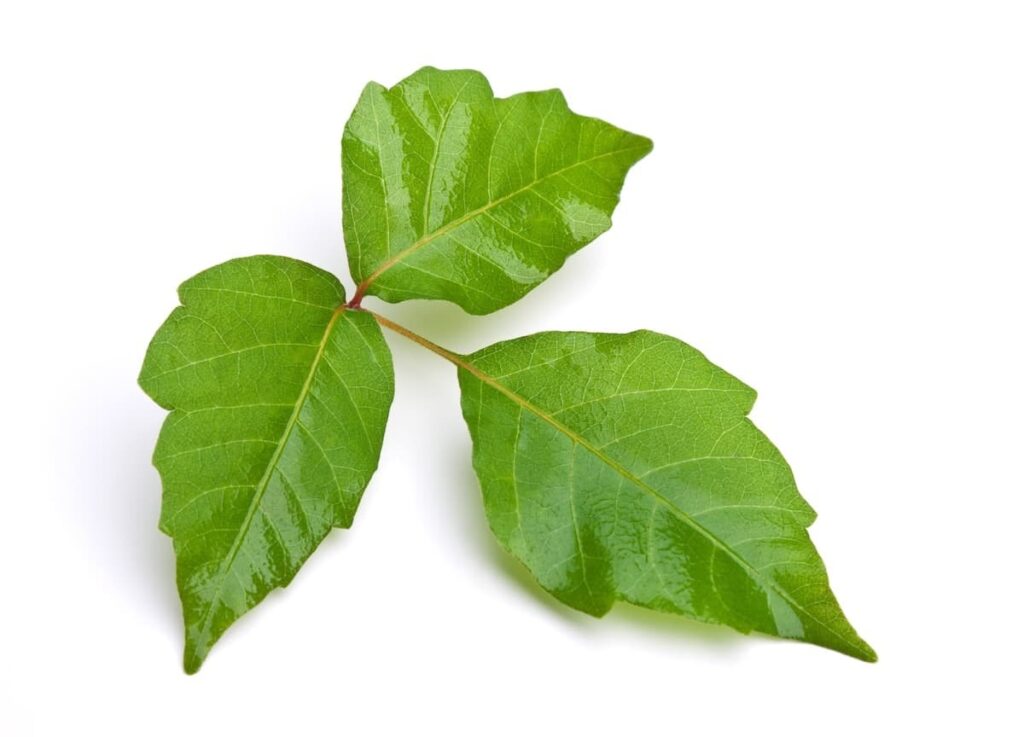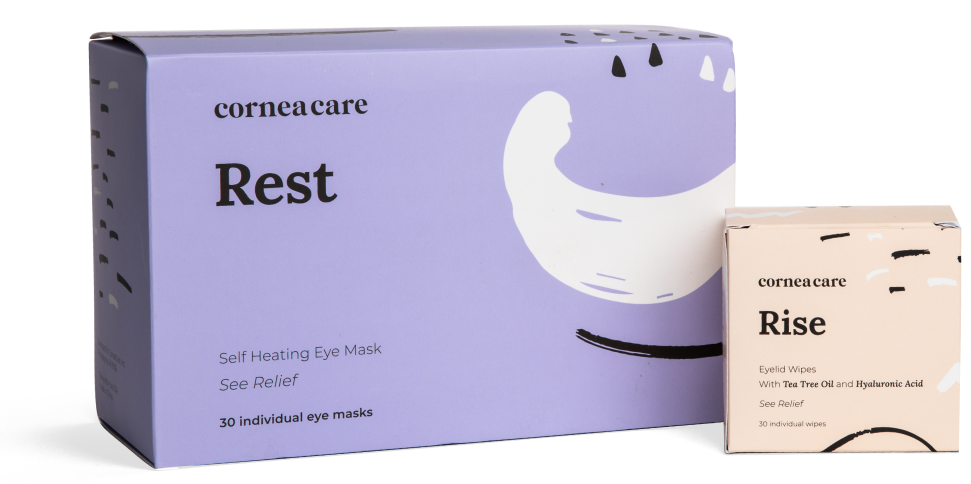Can I Get Poison Ivy in my Eye?
Coming across poison ivy in the great outdoors is a common occurrence. But when its irritating oils find their way into your eyes, the experience can be particularly discomforting and potentially dangerous. As the warm weather lures you back outside, we want to help you deal with the delicate nuances of having poison ivy in the eye.
From recognizing symptoms to choosing the most effective treatment and prevention strategies, we’re covering it all!
Key Points
- Poison ivy, along with its cousins poison oak and poison sumac, are common plants in North America known for causing allergic reactions.
- Stay cautious during outdoor activities like hiking or gardening to prevent accidentally brushing against poison ivy and triggering a reaction.
- Recognize symptoms of poison ivy in your eyes, such as redness and itching, and seek medical assistance promptly for relief and to prevent further complications.
Understanding Poison Ivy
Poison ivy, along with poison oak and poison sumac, is a group of plants native to North America notorious for causing allergic reactions. Among them, poison ivy, with its three shiny green leaves, stands out as one of the most recognizable.1
These plants contain an oily resin called urushiol, which can trigger allergic contact dermatitis upon skin contact. This condition manifests as a red, itchy rash and can occur within hours to days after exposure. An allergic reaction on your skin or eyes can result from direct contact, indirect contact, or inhalation of vapors from burning poison ivy.2 The resulting poison ivy rash may take 2 to 3 weeks to clear up.3
Identifying and avoiding poison ivy is essential to prevent allergic reactions and minimize discomfort.
Common Scenarios Leading to Poison Ivy Exposure
You may be wondering “How could I get poison ivy in my eye in the first place?” Often, it occurs when you come into contact with the plant in nature and then touch your eye with your fingers.
If you notice a poison ivy rash on your skin, be careful to keep your hands away from your face as you treat your symptoms. While you’re unlikely to spread poison ivy from one area of your body to another, it’s easy to overlook plant oils trapped under your fingernails which can irritate your eyes if touched. Clean your hands and under your nails thoroughly after being outdoors.4
Understanding the common scenarios that lead to poison ivy exposure can help you avoid contact and prevent uncomfortable reactions:
- Hiking and camping: Trails and campsites often wind through wooded areas where poison ivy thrives. Brushing against leaves or inadvertently touching the plant while setting up camp can result in exposure.
- Gardening and yard work: Poison ivy can lurk in gardens, lawns, along fences, or even climbing the walls of buildings. Tending to plants, pulling weeds, or handling yard waste may unknowingly put you in contact with the plant.
- Outdoor sports: Activities such as golfing, biking, or playing sports in parks or wooded areas can expose you to poison ivy. Brushing against vegetation or sitting on grassy areas where poison ivy grows can lead to skin contact.
- Pets: Pets that roam outdoors can inadvertently bring poison ivy oils into the home on their fur. When you pet your dog or outdoor cat, your pet’s fur may transfer the allergen to your skin or eyes.
Taking proactive steps to steer clear of poison ivy can make your outdoor experiences much safer and more enjoyable.

Rise
Eyelid Wipes
Perfect for eye dryness, itching, burning, and crusting/flaking of eyelashes. Free shipping 📦
Try today - $25
Symptoms of Poison Ivy in the Eye
While skin contact with poison ivy is more common, exposure to the eyes presents unique challenges and symptoms that require careful management.
Symptoms of poison ivy in the eye may include:
- redness
- swelling
- itching
- watery eyes
- sensation of grittiness
- small bumps on the inside of eyelids
Given the similarities in symptoms, figuring out whether you have poison ivy on your eyelid or another eye condition such as conjunctivitis or allergies requires an examination by an eye care professional.
In severe cases, the eye may become extremely sensitive to light and painful to the touch. When the oily resin from poison ivy comes into contact with the sensitive tissues of the eye, it can trigger an inflammatory response. This reaction can lead to the formation of blisters on the eyelid skin or around the eye.
First Aid Measures for Poison Ivy Exposure
Take immediate action to minimize the impact of poison ivy exposure on the eye and prevent further complications.
If you suspect you’ve gotten poison ivy in your eye, flush the affected eye with lukewarm water for at least 15 minutes. Tilt your head to the side to avoid contaminating the unaffected eye, and gently pull down the lower eyelid to rinse out any residue. Avoid rubbing the eye, as this can worsen the irritation and spread the allergen.
Home remedies to alleviate symptoms temporarily
It’s important to treat a poison ivy rash on your skin to reduce your chance of spreading the reaction to your eyes. There are several home remedies you can try to alleviate the discomfort caused by poison ivy, poison oak, or poison sumac exposure to the skin.
Calamine lotion
One effective option to alleviate skin irritation is calamine lotion, which contains ingredients that can help soothe itching and reduce inflammation.4 Apply a thin layer of calamine lotion to the affected area of your skin for temporary relief from symptoms. Do not use calamine lotion in or near your eyes.
Oatmeal bath
Try adding colloidal oatmeal to a warm bath to soothe itching and irritation. Colloidal oatmeal has anti-inflammatory properties that can help calm inflamed skin and relieve itching. Soaking in an oatmeal bath for 15-20 minutes can provide relief from itching and discomfort.

Rescue
Cold Compresses
Perfect for sudden flare-ups of eye dryness, pain, burning, and swollen/inflamed eyelids. Free shipping 📦.
Try today - $12
Cool compress for your eyes
If you have symptoms of poison ivy in your eyes, cool compresses can help alleviate itching and reduce swelling.3 Try a CorneaCare Self-Cooling Compress or soak a clean cloth in cold water, wring out the excess, and apply it to the affected area for 15-20 minutes several times a day. The cool temperature can help constrict blood vessels, reduce inflammation, and numb the area, providing temporary relief from discomfort.
When to Seek Medical Attention
While home remedies can provide temporary relief from symptoms, they’re not a substitute for medical treatment. If you experience severe or persistent symptoms, or if you have difficulty breathing or swallowing, seek medical attention immediately.
Your healthcare provider or eye doctor (optometrist or ophthalmologist) will examine your eye and inquire about your symptoms and recent activities. They will assess the severity of the reaction and prescribe appropriate treatment.
Treatment for poison ivy eye reactions
Depending on the severity of your symptoms, your healthcare provider may prescribe steroid eye drops, oral steroids, or oral antihistamines to reduce inflammation and itching.3 Over-the-counter pain relievers such as ibuprofen or acetaminophen can help ease your discomfort.
Over-the-counter antihistamine medications, such as diphenhydramine (Benadryl), can help reduce the itching and inflammation associated with allergic reactions. Follow your healthcare provider’s instructions carefully and complete the full course of treatment to ensure optimal healing.
How to Prevent Poison Ivy in the Eyes
Take steps to reduce the risk of touching this troublesome plant and minimizes the likelihood of developing symptoms.

Avoiding contact with poison ivy plants
Learn to identify poison ivy and avoid areas where it grows abundantly, especially during outdoor activities such as hiking, camping, and gardening. Keep a lookout for its distinctive three-leaf configuration and glossy appearance, and refrain from touching or handling the plant. The simple mantra “leaves of three, let it be” can help you and your children remember.1
- Stay on designated trails: When hiking or camping, stick to designated trails to avoid wandering into areas where poison ivy may grow.
- Wear protective clothing: Wear long pants, long sleeves, gloves, and closed-toe shoes to minimize skin exposure to urushiol oil during outdoor activities like gardening or yard work.2
- Inspect your property: Regularly inspect your property for signs of poison ivy and take appropriate measures to remove or control its growth.
- Clean pets thoroughly: Bathe pets regularly, especially after they’ve been outdoors in areas where poison ivy may be present, to prevent transferring the allergen to your skin or eyes.4
With preventive measures and good hygiene habits, you can significantly reduce the risk of poison ivy exposure and enjoy the great outdoors safely and comfortably.

Foundation
Eyelid Hygiene Plan 2
Perfect for eye dryness, burning, itching, crusting/flaking of eyelashes and inflamed eyelids. Free shipping 📦.
Try today - $45
How to remove poison ivy oils from the skin and clothing
If you suspect you’ve come into contact with poison ivy, wash your skin, clothing, and shoes thoroughly with soap and water as soon as possible. Use cool or lukewarm water on your skin, as hot water can open pores and increase the absorption of urushiol.4
Launder clothing and other items that may have come into contact with poison ivy separately from other laundry, using hot water and detergent to thoroughly remove any traces of urushiol.
Poison Ivy in the Eye FAQ
If poison ivy gets into your eye, it can cause symptoms such as redness, swelling, itching, excessive tearing, and a sensation of grittiness. In severe cases, the eye may become extremely sensitive to light and painful to the touch. Without prompt treatment, there is a risk of complications such as corneal damage, bacterial infections, and temporary vision impairment.
You should see a doctor about poison ivy if you experience redness, swelling, itching, or excessive tearing in your eye after coming into contact with poison ivy. If symptoms persist or worsen despite rinsing the eye with water, it’s essential to seek medical attention promptly. Additionally, if you develop signs of infection, such as increased pain, discharge, or changes in vision, you should see a doctor immediately.
Poison ivy itself doesn’t cause pink eye, which is typically caused by viruses, bacteria, or allergens. However, if urushiol, the allergen found in poison ivy, comes into contact with the eye, it can lead to similar symptoms such as redness, swelling, and itching. While poison ivy exposure can irritate the eyes and cause inflammation, it’s not a direct cause of infectious pink eye. If you suspect you have pink eye or poison ivy in the eye, see a doctor.
No, poison ivy in your eye won’t cause blindness, but it can lead to severe irritation, swelling, and discomfort. If left untreated, complications like infections or scarring are possible. Rinse your eye immediately and seek medical care, such as steroid drops, to ease symptoms and protect your vision.
Putting It All Together
Getting poison ivy in your eye isn’t fun, but with a little know-how, you can handle it like a pro. The key is acting quickly and knowing what to do. By spotting the symptoms, using simple home remedies, and seeing an eye doctor when needed, you can treat the irritation and start feeling better fast.
Of course, the best way to deal with poison ivy is to avoid it altogether. Learn how to spot the plant, keep your hands clean after being outside, and wash anything that might have touched poison ivy—like clothes, shoes, or even your pets. A little effort upfront can save you a lot of discomfort later.
Whether you’re out hiking, gardening, or just relaxing in the backyard, staying mindful of poison ivy can make your time outdoors safer and more enjoyable. Now, go enjoy the great outdoors without the itch!
What’s Next
Keep your eyes healthy all year long with these Eye Health & Wellness articles we think you’ll find helpful:



